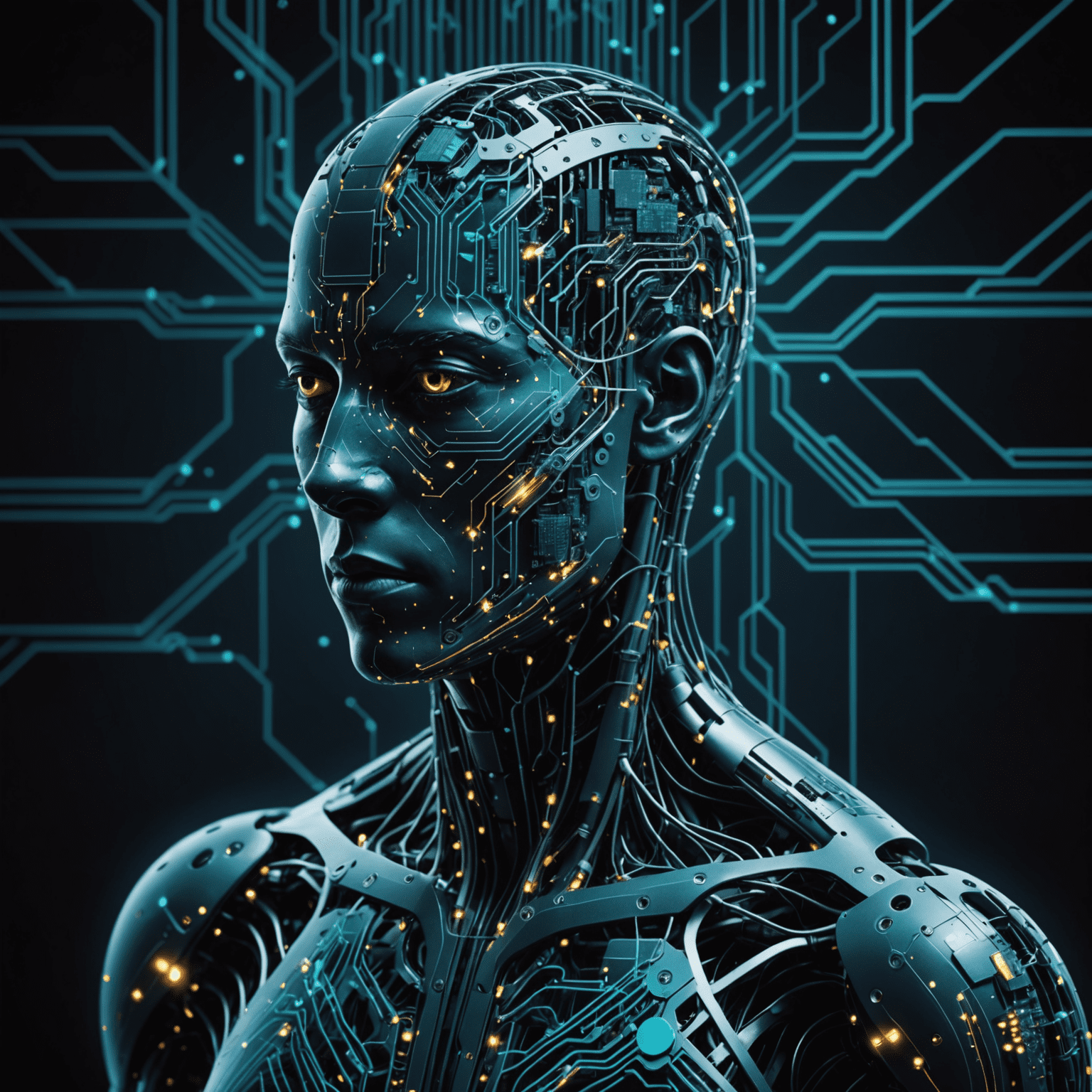Brain-Computer Interfaces: The Future of Human-Technology Integration

As we venture further into the realm of advanced technologies, brain-computer interfaces (BCIs) stand at the forefront of innovation, promising to revolutionize the way we interact with machines and potentially reshape the human experience.
The Essence of Brain-Computer Interfaces
Brain-computer interfaces represent a direct communication pathway between the brain and an external device. This technology interprets neural signals and translates them into commands, allowing users to control computers, prosthetic limbs, or other devices using only their thoughts.
Current Applications and Future Potential
Today, BCIs are primarily used in medical settings to assist individuals with severe motor disabilities. However, the potential applications extend far beyond medical use:
- Enhanced cognitive abilities and memory augmentation
- Direct brain-to-brain communication
- Seamless control of smart home devices and vehicles
- Revolutionary gaming and virtual reality experiences

Ethical Considerations and Challenges
As we advance towards a future where BCIs become more prevalent, several ethical questions arise:
- Privacy concerns regarding the protection of neural data
- The potential for cognitive enhancement to create societal disparities
- Questions of agency and autonomous will in a world of thought-controlled devices
- The long-term effects of integrating technology with human cognition
The Road Ahead
The development of brain-computer interfaces represents a significant leap in human-technology integration. As we continue to refine this technology, we must navigate the complex landscape of its implications carefully. The potential benefits are immense, but so too are the responsibilities that come with such power.
As we stand on the brink of this new frontier, it's clear that BCIs will play a crucial role in shaping our technological future. The question remains: are we ready for a world where the line between human and machine becomes increasingly blurred?
